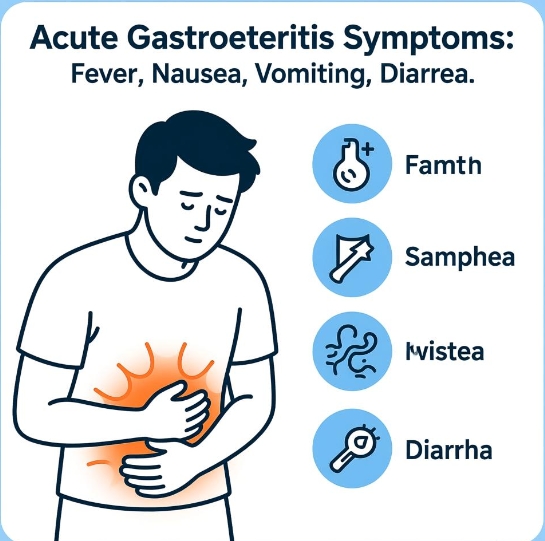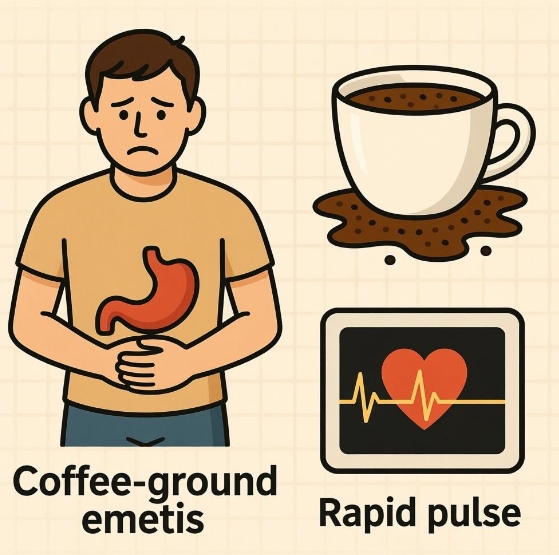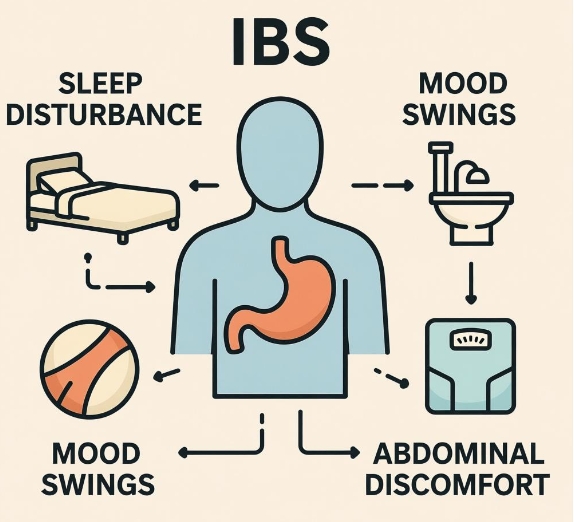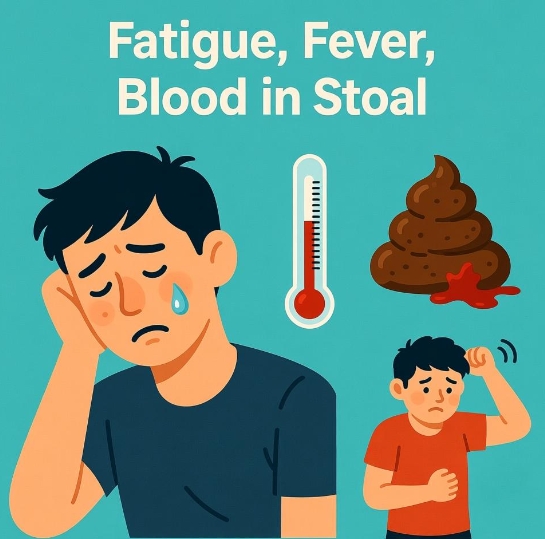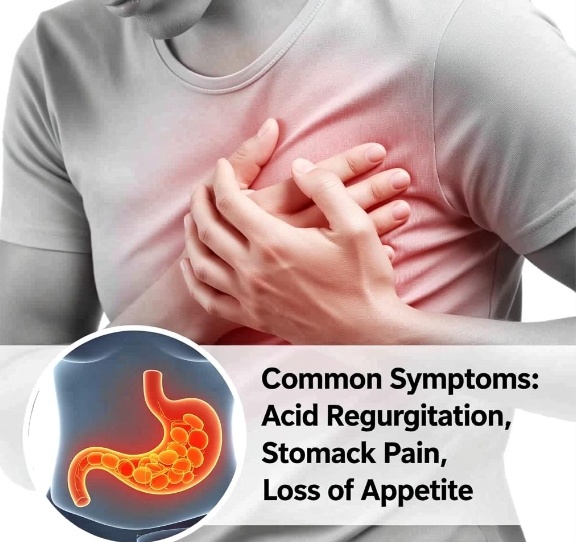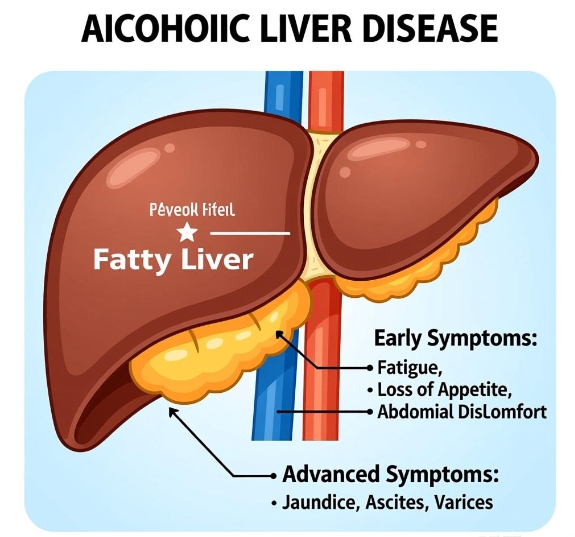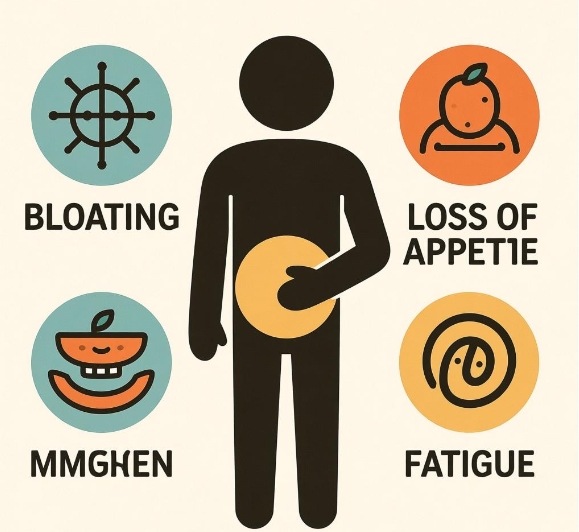Proctitis is inflammation limited to the distal 12–15 cm of the rectum. It may be acute or chronic, infectious, inflammatory, ischemic, or radiation-induced. Because the rectum stores stool just before defecation, even limited mucosal irritation produces prominent local symptoms that patients notice immediately.
- Core rectal symptoms
- Tenesmus: a persistent, often painful urge to defecate despite an empty rectum; may interrupt sleep.
- Urgency: sudden, compelling need to reach a toilet; accidents occur if access is delayed.
- Frequent, small-volume stools: 5–10 passages daily, each <50 g, sometimes only mucus or blood.
- Rectal bleeding: bright red streaks on toilet paper, coating stool, or dripping into the pan; clots are rare unless ulcers are deep.
- Mucus discharge: clear, white, or blood-tinged slime either with stool or spontaneously.
- Associated discomfort
- Burning or aching in the anal canal during and after defecation.
- Feeling of incomplete evacuation or “blockage” leading to repeated straining.
- Mild cramping in the suprapubic area; pain rarely localizes to the right or left iliac fossa because the inflamed segment is midline.
- Systemic and variant clues
- Low-grade fever and malaise: suggest bacterial or sexually acquired proctitis.
- Nocturnal diarrhea: uncommon; if present, consider proximal extension (proctosigmoiditis).
- Skin or oral lesions: concurrent psoriasis, erythema nodosum, or aphthae point toward inflammatory bowel disease.
- History of anal-receptive intercourse, recent antibiotic use, or travel: guide microbiologic testing.
- Specific context patterns
- Radiation proctitis: bleeding 6–18 months after pelvic radiotherapy, often with rectal pain and spasm.
- Ischemic proctitis: sudden bloody diarrhea in older adults with vascular risk factors; pain out of proportion to bleeding.
- Diversion proctitis: mucus discharge and urgency months after colostomy formation in unused rectal stump.
- Red-flag combinations
Continuous bleeding with orthostatic dizziness, passage of large clots or melena (implying proximal source), severe anal pain suggesting abscess or fistula, and weight loss >5 % within 4 weeks.
Summary table
| Key symptom | Typical quality | When to suspect extension or complications |
|---|---|---|
| Tenesmus | Frequent false urges | Persistence >2 weeks despite topical therapy |
| Blood on paper | Bright red, scant | Clots or melena → colonoscopy |
| Mucus only | Clear or pink | Copious pus → culture for STI |
| Urgency | <5 min warning | Accidents, nocturnal awakening → evaluate proximal spread |
| Anal pain | Burning during stool | Throbbing, swelling → rule out abscess |
